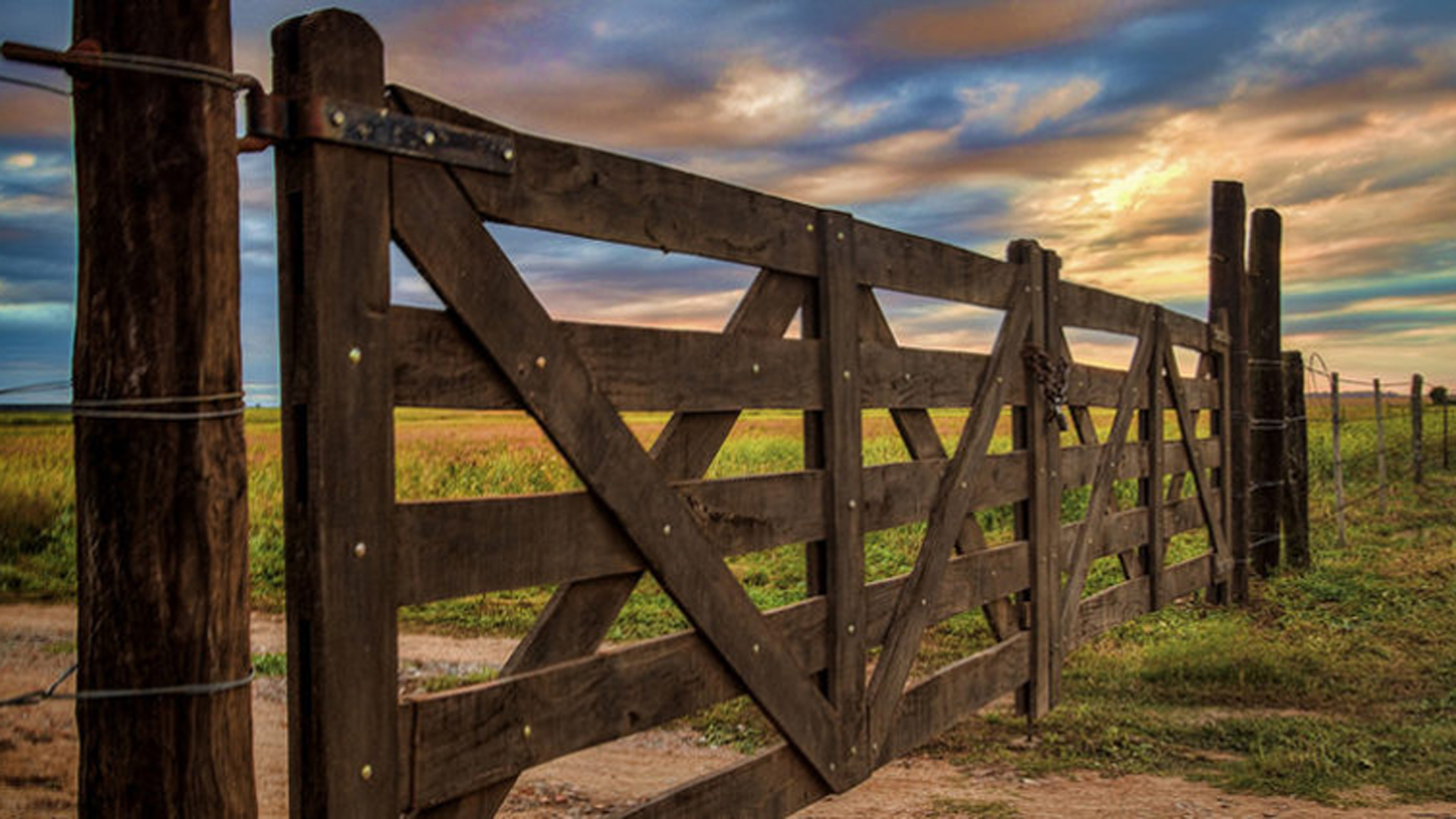RIO DE JANEIRO, BRAZIL – The Argentine Chamber of Rural Real Estate (Cair) has produced a report with key market data for the last six months. While sales declined due to various factors, rents remained in good demand. The most outstanding data, however, is farmgate prices.
Among the economic agents that affected the market, the Cair highlighted, in the first place, inflation, constraints in the foreign exchange market, uncertainty about the government’s negotiations with the IMF (2021 ended with more doubts than certainties), the lack of adjustment in public spending, unfavorable conditions for the creation of real jobs, withholdings and measures such as the tax on large assets.
Read also: Check out our coverage on Argentina
On the other hand, the institution pointed out that last year’s midterm elections also impacted the rural real estate market. At the same time, the coronavirus pandemic continued to affect the functioning of economic activity in general.

THE SALE AND PURCHASE OF FARMS
“Rural real estate market activity declined 31% year-over-year. The significant decline in November and December had a strong negative impact on the last half of the year,” the report said.
The pre-election climate “exacerbated political and economic uncertainty in the short and medium-term,” bringing activity to a “historic minimum” since InCAIR’s calculation.
“In addition, the high tax burden, including the increase in export withholdings, the restrictions on the marketing of meat, the legal uncertainty before the seizure of land, among other issues, has slowed the buying decision for a very selective and cautious demand, mainly focused on agricultural areas,” it added.
On the other hand, Cair pointed out that “the complexity of operating in dollars, due to the “Cepo”, has been a difficult obstacle to complete operations.” However, it stressed that the supply of fields has been maintained.
It also noted, “There is very little supply of quality agricultural land demanded by most investors, with mixed and/or livestock land predominating in the corporate portfolio, making it very difficult to conduct operations in this segment.”
The volume of operations carried out this semester was “scarce”, with investments not exceeding US$4 million.
RENTS AND LEASES
The Chamber noted that this item showed a very strong demand throughout the year. “In agricultural leases, the closure of farms was very fast, even with values of 10 to 15% more than in the previous season, leaving the demand unsatisfied”.
At the same time, it described that the leases for livestock farms, especially in the center of the country, were closed “immediately”, with increases of up to 10% of the product, reaching values that in some cases exceeded the results of the activity. “The fields in the peripheral areas were more difficult to locate,” it added.
And it added: “It can be observed that the investor in cattle leases is turning to the meat market and not the land.”
ARGENTINE AGRICULTURAL PRICES
Cair’s document expressed that the possibility of producing food to supply several foreign markets is still intact in Argentina. “Argentina has the potential and the capacity to do so,” he explained.
However, it acknowledged that production activity has “great difficulties caused by wrong policy decisions for the sector in recent years, which have even lost markets and discouraged long-term investment.”
As a result, the values of the Argentine country have been affected. In this regard, Cair explained, “While the world is moving in one direction, we have moved in the other. In Argentina, the value of productive land has decreased, while in other countries it has increased.”
In particular, in the core zone (north of Buenos Aires, south of Santa Fe, and southeast of Córdoba), where the soils with the greatest potential are located, the value of fields ranges from US$13,500 to US$15,000 per hectare.
In the U.S. corn belt (e.g., Iowa, Illinois, Indiana), with the same quality of soils, potential, and water resources, the value ranges from US$27,000 to US$30,000 per hectare, a difference of 100%.

